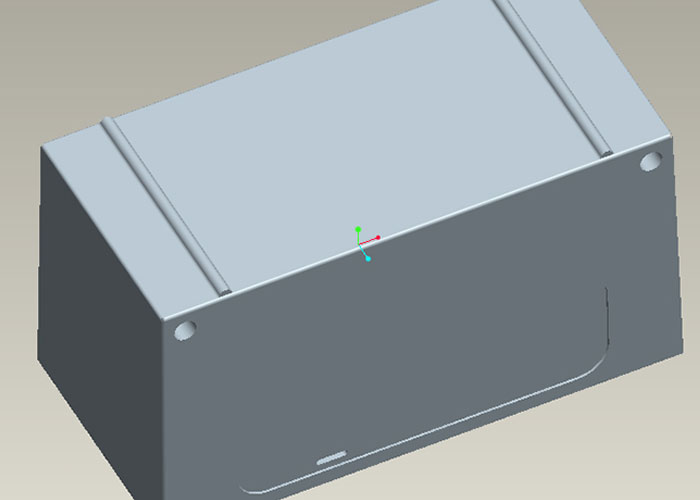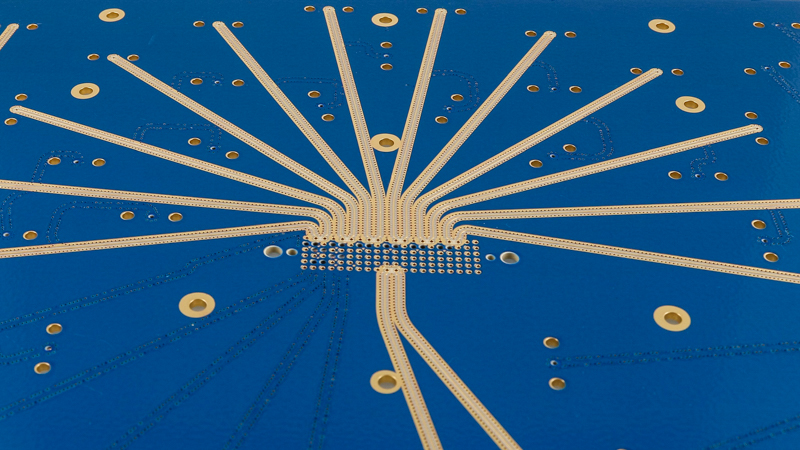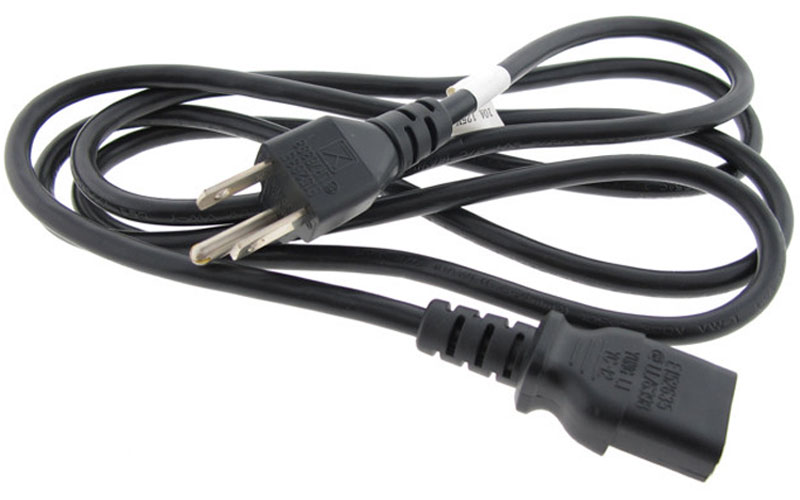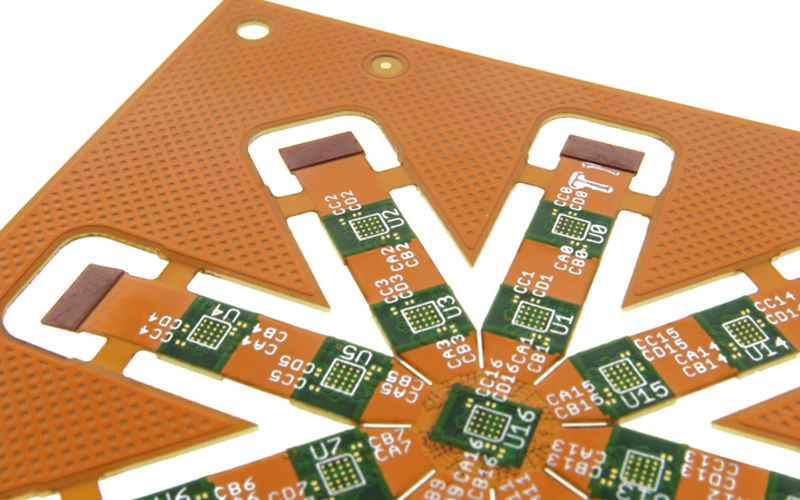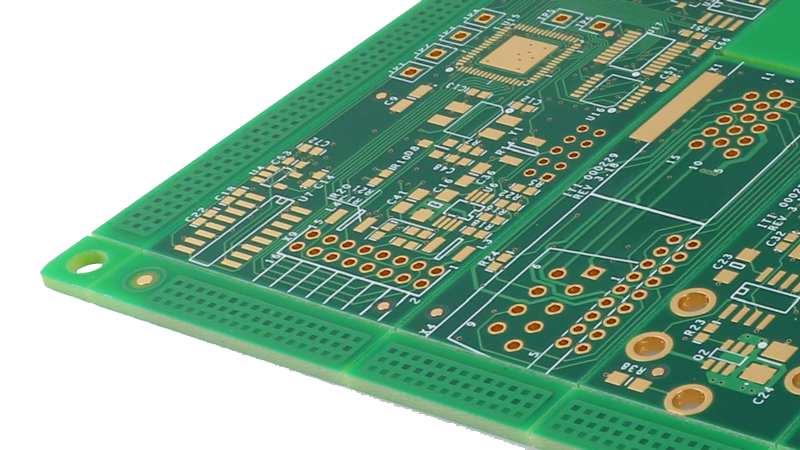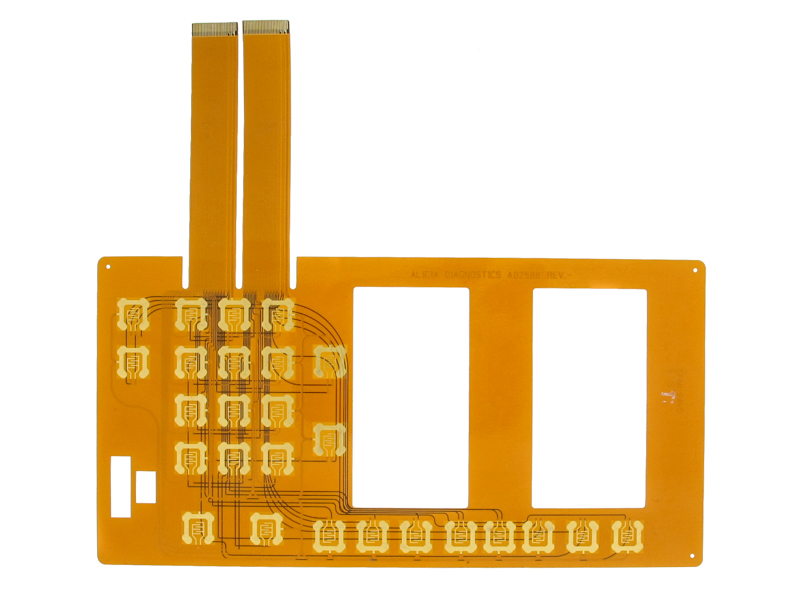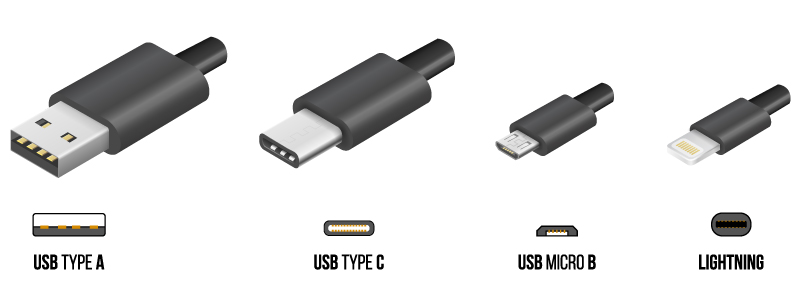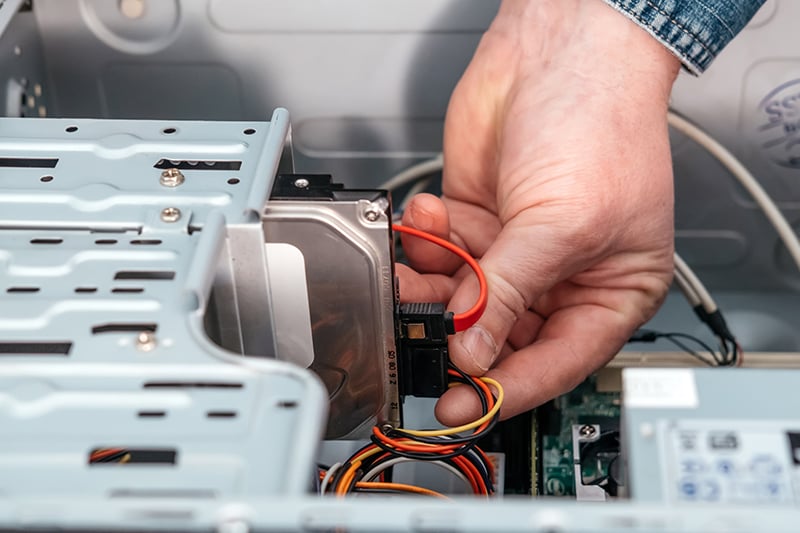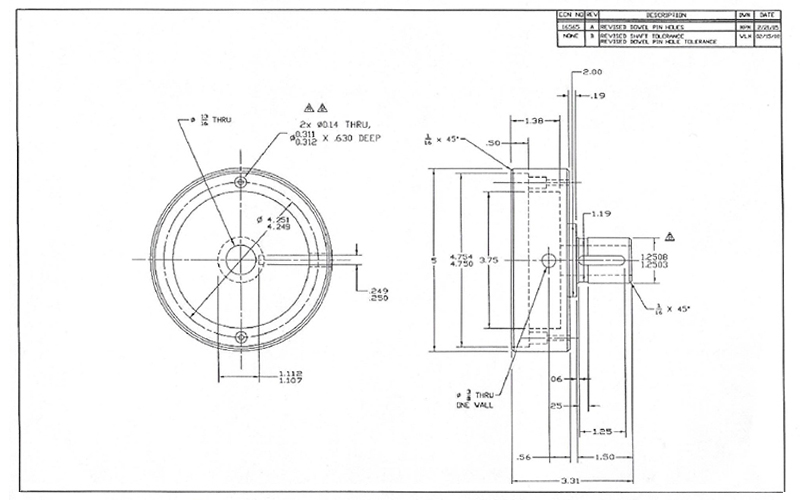When bringing a new project to market that involves an injection molded enclosure, there will be critical design and sourcing decisions that can have a tremendous impact on the overall project.
While PCB layout typically has played the leading role in high-speed printed circuit board (PCB) applications, the role of the PCB fabricator becomes more and more important as the trend to faster, higher integrated, smaller form factors, and lower power electronic circuits become more prevalent.
Overmolded cable assemblies are extremely common and used for several reasons throughout the electronics industry. The process of overmolding is inexpensive, completely customizable, and, most importantly, produces a rugged and robust part.
Heat dissipation is the ability of a part, whether a circuit or any other component, to take the heat that's being generated by a component or an element of the design and to distribute it, dissipate it, and make the heat go away, for lack of a better phrase. This prevents the temperature of the part from continuing to elevate as the device is operated.
Designing medical devices is no simple task. The stakes are higher for these devices compared to most other industries. Because of that, medical device engineers need to think carefully about which design elements should be prioritized.
For all printed circuit boards (PCBs), the main component is the base laminate material. Choosing what you need or want to use is not as simple as it sounds. There are many options out there and many flavors that can be used but how do you know what to pick and how do you note it as my item of choice on the fabrication package?
A membrane switch is a particular type of custom switch assembly built to either open or close an electrical circuit's conducting path. Each layer in the assembly serves its own unique purpose. Custom features can easily be added with the design considerations.
Short for "Universal Serial Bus," a USB cable is one that has become a nearly ubiquitous part of our lives, even if some people don't necessarily realize it. Technologically speaking, it involves an industry standard that created precise specifications for not only how these types of cables can be manufactured, but how they can connect one device to another, how power and data can be transmitted, and more.
In the world of custom cable assemblies, flexible wire and overmold solutions are used in a wide range of different contexts. Not only are they commonly employed in association with various types of industrial equipment, but they also play an important role in fields like automation, robotics, and even the automotive industry.
Computer-Aided Design (CAD) systems and software began replacing drawing boards during the 1980s. Today, there’s hardly an engineer anywhere who uses pencil and paper to produce engineering drawings. Everyone uses CAD, for the simple reason that it offers many advantages.


